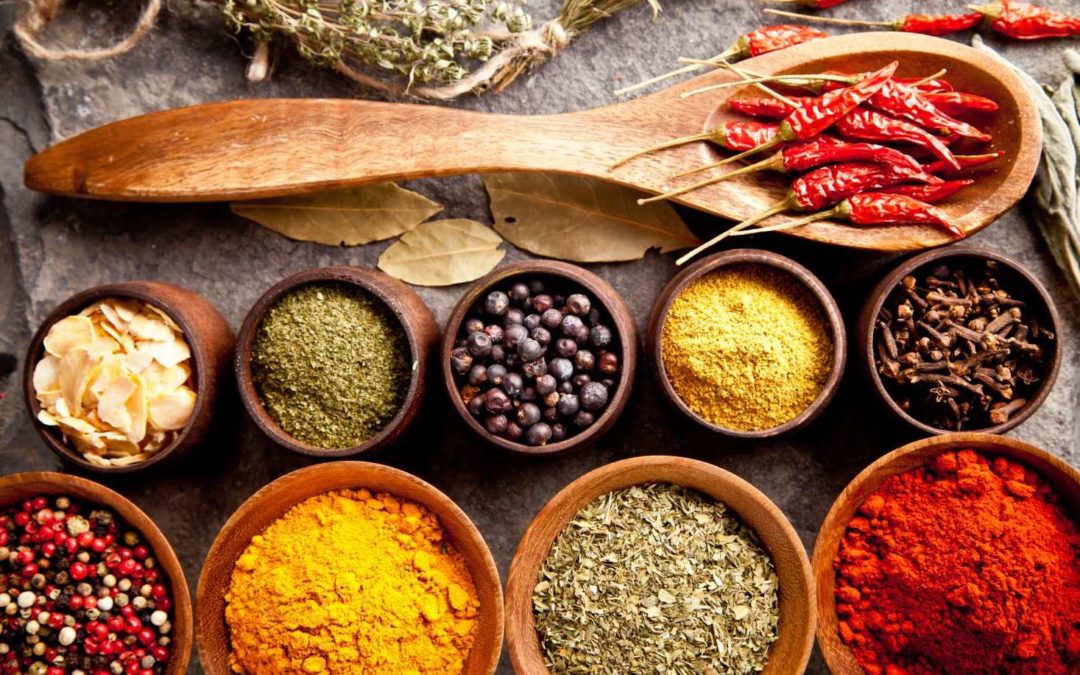They spices will upgrade your cooking with minimal time and budget, 10 spice mixtures that will turn amateur cook into super capable cook.
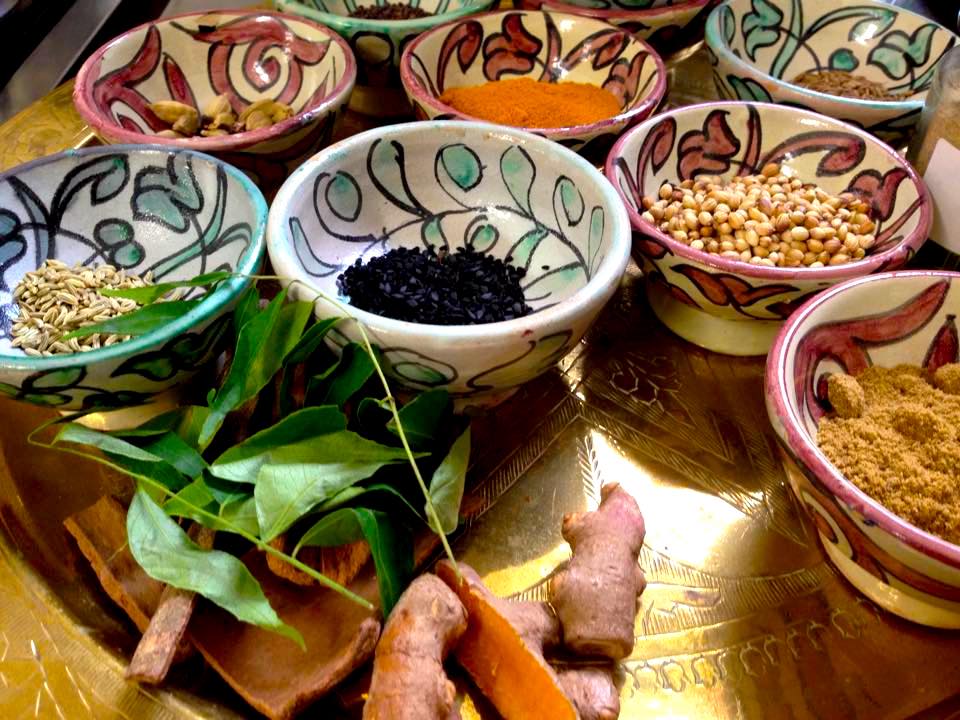
The addition of dry and fresh seasoning mixtures, which are freshly grated just before cooking time, will have an effective and optimal effect because of the essential oils released at the moment of grinding from the seeds and leaves. Generations of cooks and elders of the tribe created the perfect blend of spices in terms of balancing aromas and flavours and adapted them to foods. In the old spice shops, the spice blends are expertly cultivated according to proven recipes – and as mentioned above, the freshness wins. As a result, the mixtures create a synergy of flavours and aromas and also facilitate digestion, make the food healthier, and sometimes even bring the diners into a sense of euphoria. Sprinkle the powders and let the magic happen.
Baharat
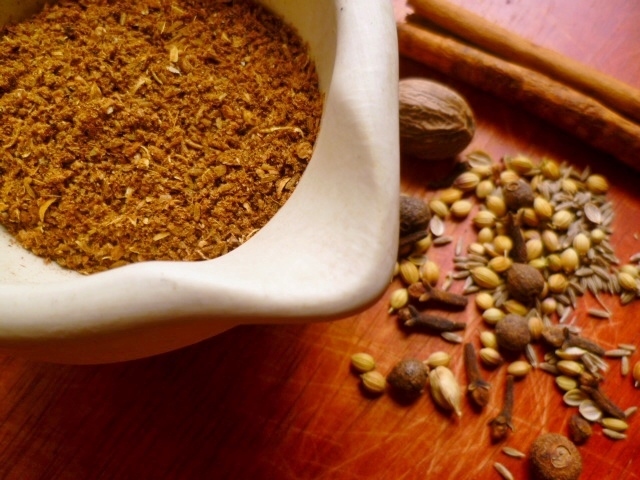
This is the Arabic word for spices, and indeed it is a mixture of spices common in the middle east, in different styles depending on the source – Egypt, Syria, Lebanon and Turkey. Usually, the mixture will contain cloves, cinnamon, black and orange peppers, nutmeg, ginger, saffron and cardamom.
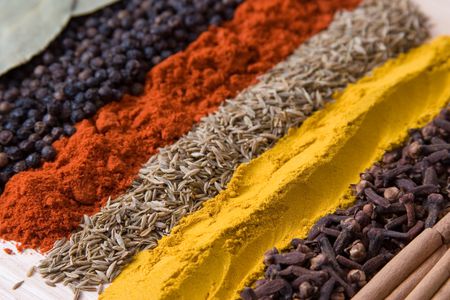
Characteristic: Cinnamon and cloves emphasize and strengthen sweet flavours of the food, therefore Baharat tends to create sweet spicy food.
Suitable for: For beef, chicken and turkey rissole, for fried onions served on top of rice or in sweet cookies and cakes.
Garam Masala
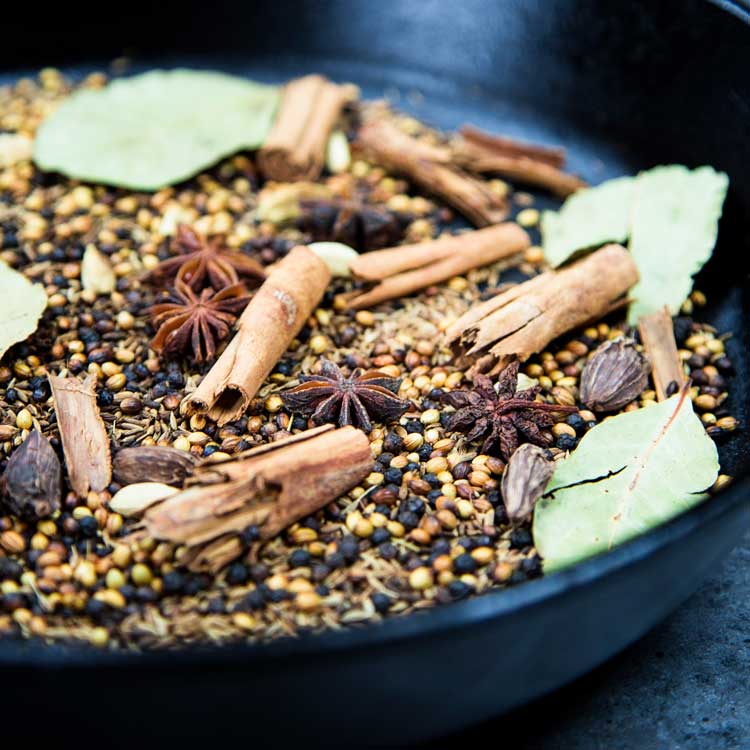
A hot blend mixture (considered in Ayurvedic medicine as warming the body and hence its name). The mixture, in different variations, is common in India and Pakistan and usually contains turmeric, cardamom seeds, coriander seeds, cinnamon, cloves, cumin, black pepper, nutmeg and bay leaves, and sometimes mustard or saffron.
Characteristic : bitterness accompanied by pungency
Suitable:for chicken, spinach , greens and roasted vegetables
Dukkah
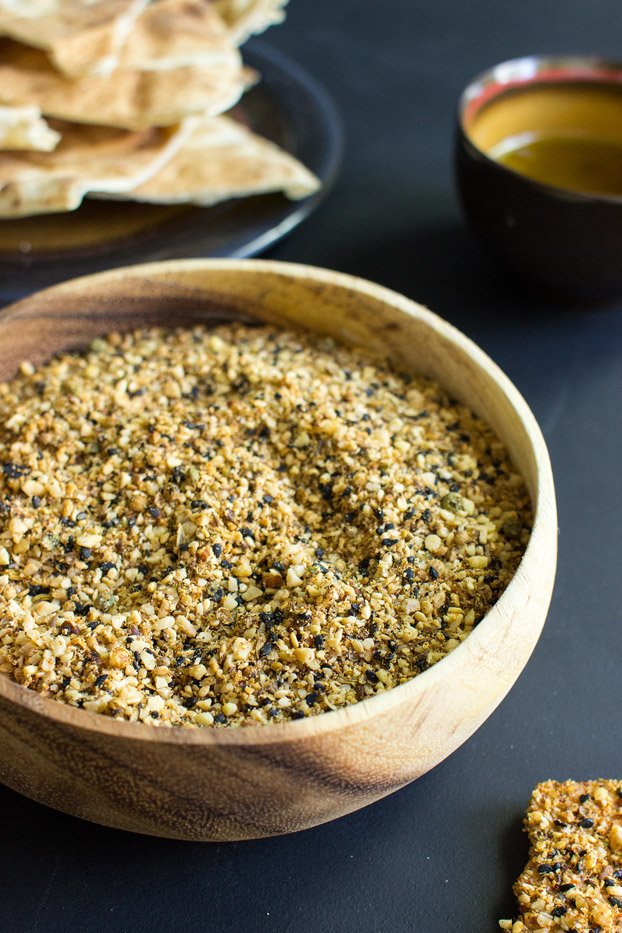
A mixture of spices that originates in Egypt and contains mostly roasted sesame, roasted walnuts or peanuts, coriander, cumin and salt. In Egypt it sometimes appears with mint and caraway.
Characteristic: enriches the food in flavors that range from peanut butter to tahini
Suitable for: olive oil garnish with pita bread, sprinkle on chopped vegetable salad, tahini and to thicken vegetable soups.
Curry Mix
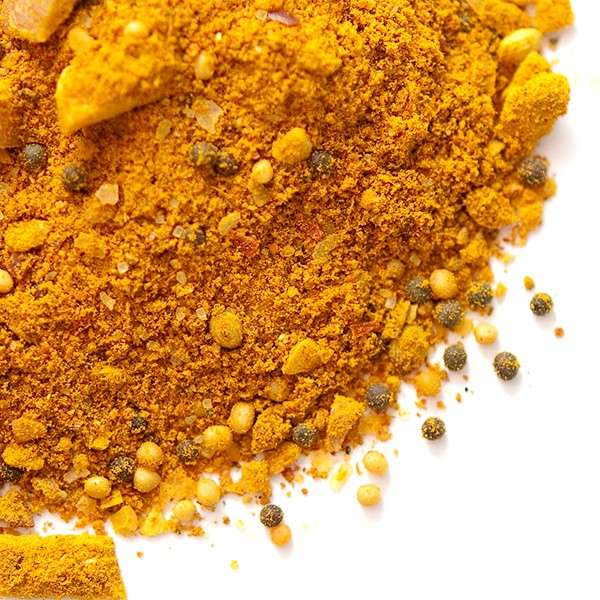
An Indian spice mixture, considered to guarantee a source of youthfulness due to the combination of turmeric and black pepper, which is a powerful antioxidant. There are various curry mixtures in different names (depending on the location they came from) Besides the turmeric, which gives the mixture the intense yellow colour the mixture includes coriander seeds, cumin, ginger, cardamom, cloves, chilli or cayenne, fennel and sometimes even fenugreek.
Characteristic: the curry will colour the dish in a yellow shade. The sharp taste will usually come in few seconds after the food is in the mouth.
Suitable for: Indian dishes – for dhal, Alu gobi, fish dishes etc..The curry enriches the taste of mayonnaise and can work well in egg salad.
Hyssop/ Za’atar
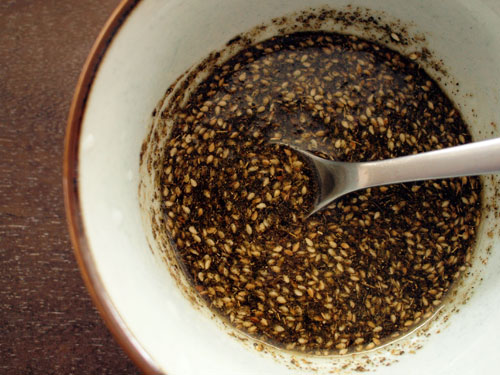
A mixture of Middle Eastern spices that contains middle eastern thyme, hyssop, sumac, roasted sesame and salt.
Characteristic: very aromatic
Suitable for: tahini, hummus, vegetable salad, labane (soft sour cheese), olive oil and fresh pita bread, shakshuka – with chili and feta cheese and many more
Yemenite Hawaij
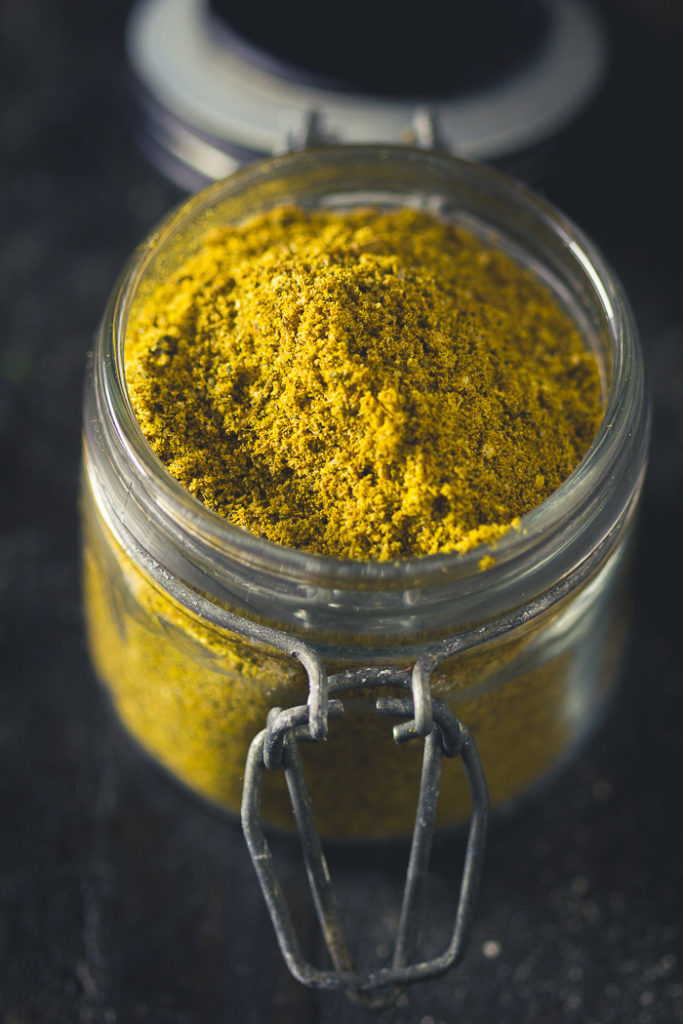
A mixture of Yemenite spices that comes in two main versions: one as an addition to coffee and the other to seasoning soup. This mixture strengthens and intensifies flavors essentially in soups and stews. Usually the hawaij contain turmeric, cumin, white pepper, cilantro, cloves, fenugreek and bay leaves.
Characteristic: bitter and at times pungent
Suitable for: soup and meat dishes, vegetables or legumes.
Cajun
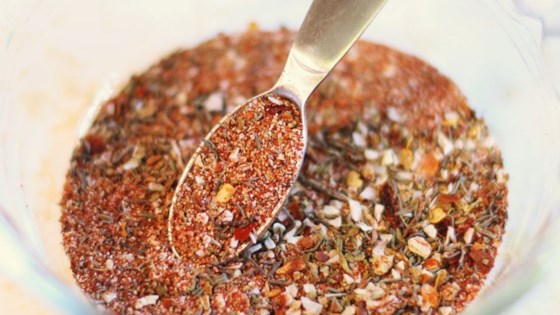
The kitchen of the French immigrants who arrived in South Louisiana boasts a prickly spice that contains paprika, black pepper, white pepper, thyme, cayenne pepper, onion and garlic, sometimes with oregano or other herbs.
Characteristic: garlicky-spicy.
Suitable for: chunks of meat and chicken before grilling, jimbalaya rice, New Orleans prawns, flaming on boiled corn cobs for short roasting with a little oil, and for potatoes or chips before serving.
Ras el-hannout
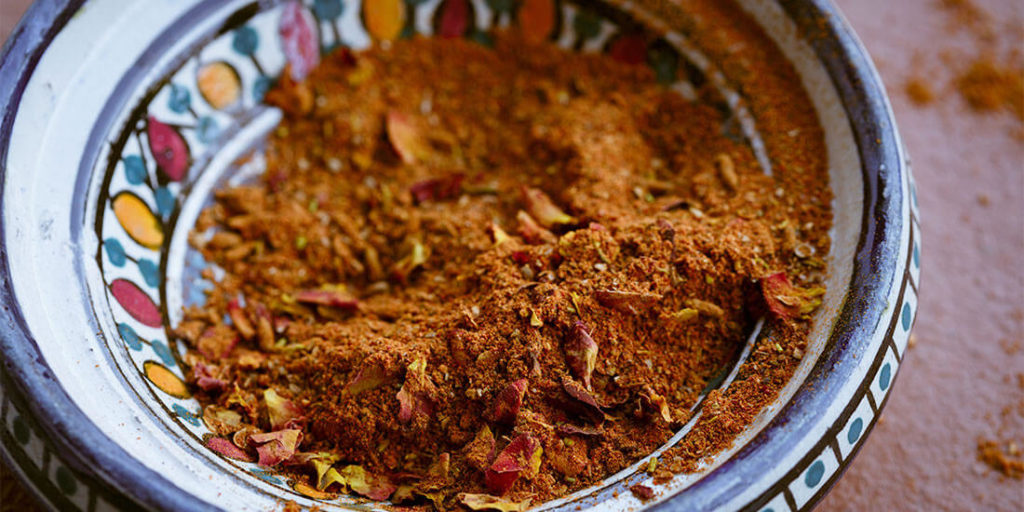
A North African blend whose Arabic name means ” the head of the shop” because it is the pride of the owner of the spice shop. Moroccans sometimes say that the mixture contains 100 spices. This is probably an exaggeration, but it is a rich composition reminiscent of the baharat and probably includes cumin, nutmeg, black pepper, cardamom, cinnamon, cloves, coriander seeds and sometimes rose petals.
Characteristic: Strong aromas and flavours
Suitable for: Seasoning with couscous after steaming, tajin dishes, and of course lamb dishes.
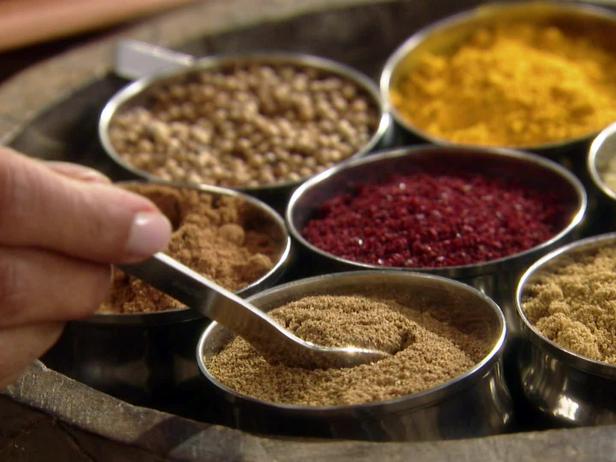
Berbere
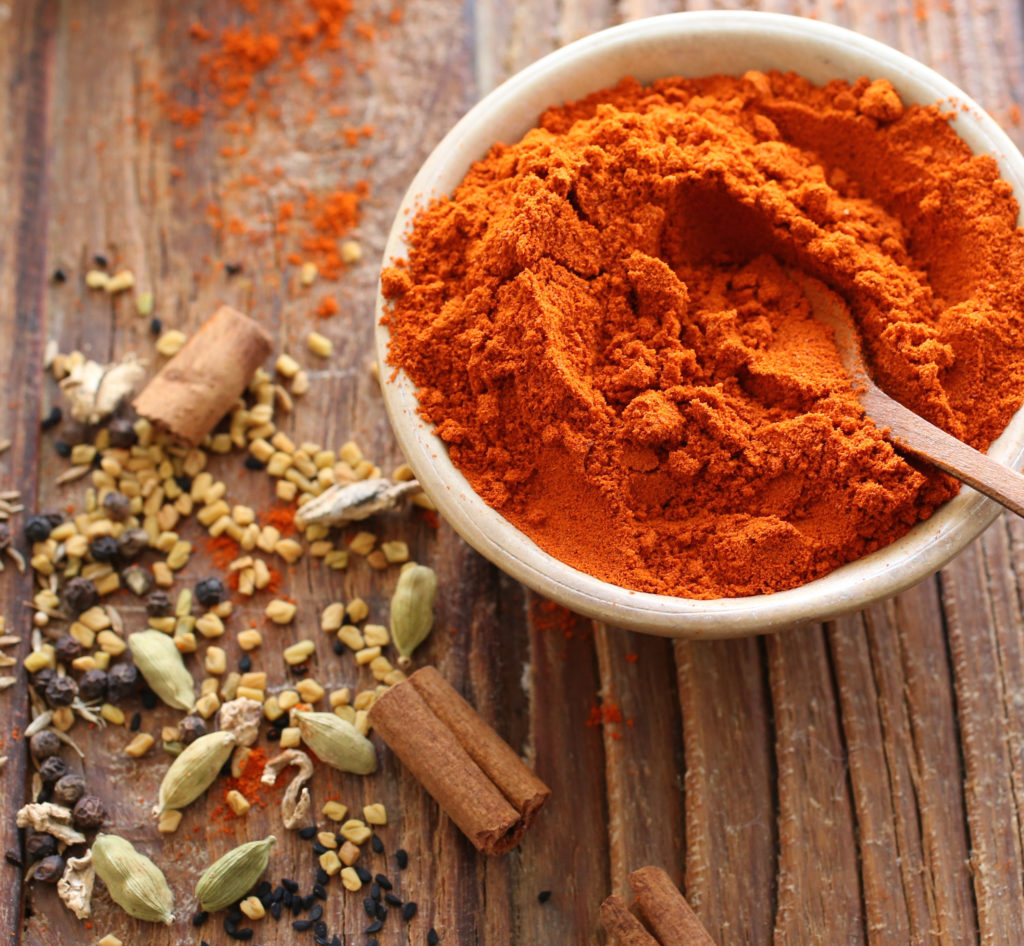
A representative of Ethiopian and Eritrean cuisine used to season many dishes. Contains a mixture of turmeric and paprika, chilli and sometimes also ginger, garlic, dry basil, cloves, cardamom and cinnamon.
Characteristic: Deep and spicy flavours that linger
Suitable for: originally intended for legumes (lentils, chickpeas), but can also enrich the taste of the seafood and fresh vegetables.
Khmeli suneli
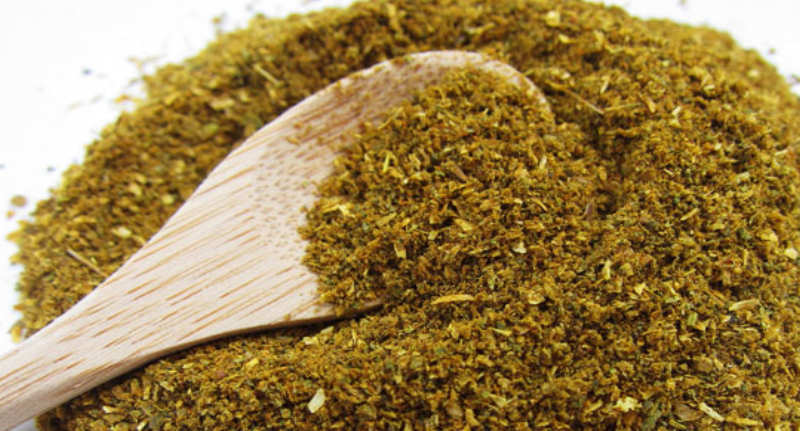
A mix of Georgian spices which means “dried spice”, is a traditional Georgian spice mix that is ubiquitous in Georgia and in fact throughout the entire Caucasus region. This mixture is an ingredient of traditional Georgian dishes and sauces and in effect defines the Georgian dish flavor profile. Some compare it to Garam Masala, and it does indeed share much in common with this staple spice blend of Indian cuisine (though it uses far more herbs and a few different spices).
It contains coriander seeds, calendula seeds, basil, dill and sometimes fenugreek leaves, parsley, nutmeg, bay leaves, black pepper, cinnamon, cloves, parsley and hot pepper.
Characteristic: : Fragrant tarragon dominant.
Suitable If you have not yet reached a complex cooking level of Georgian dishes, simply add it to a basic home bean soup.
The spice mixture above are usually used in our cooking workshops for the different cuisines.
Please check our Moroccan Banquet on the 5th of May
https://opentablecookingschool.com.au/cooking-class/moroccan-banquet-cooking-class/
Mediterranean feast 10th of April (Wednesday), Tamarama (Sydney)
https://opentablecookingschool.com.au/cooking-class/mediterranean-workshop-tamarama-sydney/
Moorish celebration 7th April (Sunday), Bellevue Hill
https://opentablecookingschool.com.au/cooking-class/moorish-feast-benitas-house/

